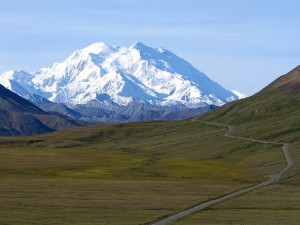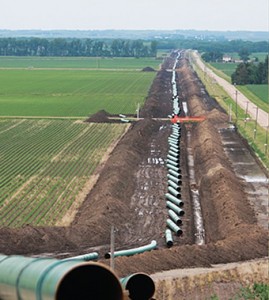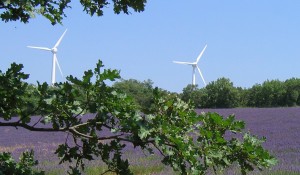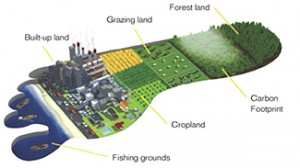We’re mostly still just trying to do that, as if there’s a first, as if THAT’s the opportunity:
Sustainable investing is one of the hottest trends on Wall Street. Trillions of dollars are rushing in as consulting firms and private foundations spread the gospel. But no one is entirely sure what ESG is beyond the literal (environmental, social and governance) or exactly how to define it. Metrics are self-reported and often hard to measure, tracking everything from carbon emissions to boardroom diversity. Greenwashing is a perennial concern.
Profits, however, are very much measurable. Bloomberg’s fourth annual ranking found that the biggest ESG funds are beating the market. If you do happen to have $1 million to spare and a soft spot for the future of planet Earth, here are some investment ideas for you. How does the intersection of AI, blockchain and climate sound?
We also reported this week on emerging technology such as carbon capture, and less environmentally damaging rocket launches. While not as sexy as spaceships, dirt is also important to the future health of the planet. Global agriculture has come to rely on annual crops and heavy fertilizer use, which inhibit soil’s ability to sequester carbon.
So we’ll call it ESG or whatever, and we do. Predictions about how this will affect THAT, about where to place your future-of-energy bets is till going to lead to many near-term flareups and dead-ends. Reckoning with the ultimate dead-end may not be appealing, prospectus-wise, but acknowledging that we’re doing it anyway, that doing it the old way got us right to here, is the thing we will always still need to do until we do it.
Waiting. Adaptability Funds are going to scare the investor class for about one-half of a news cycle.







